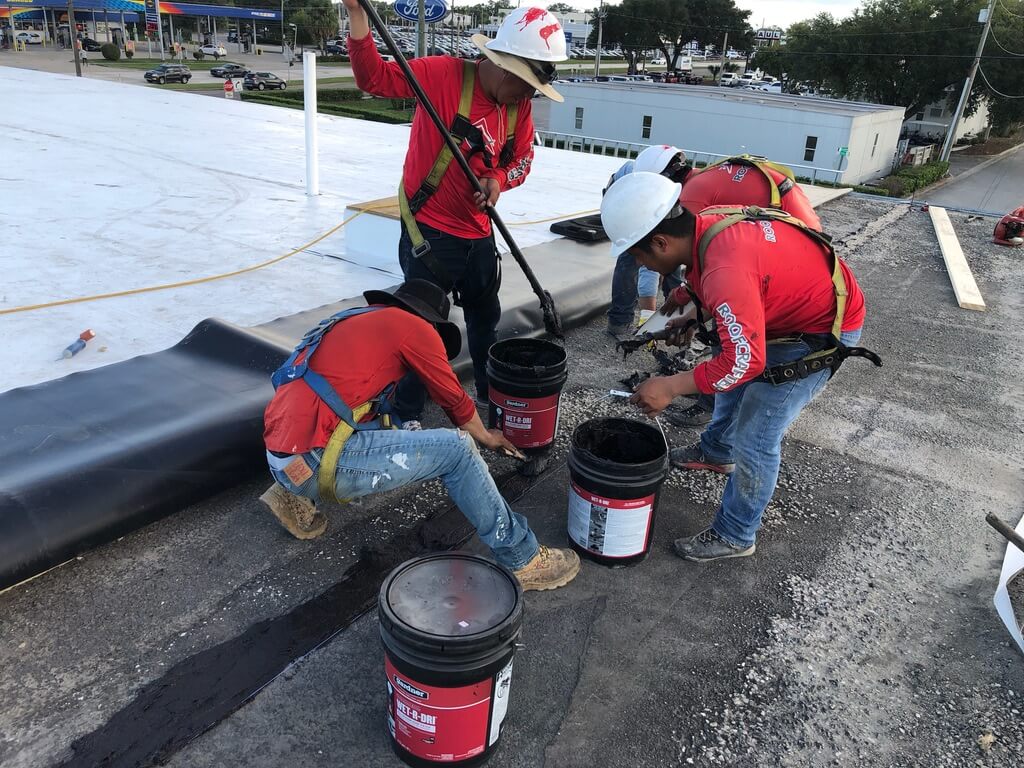Skip to main content
Search for topics or resources
Enter your search below and hit enter or click the search icon.
Services
Services
Commercial Roofing
Commercial Roofing
Virtual Roof Estimate
Virtual Roof Estimate
Areas We Serve
Company


.png?width=2400&height=1350&name=Roof%20Size%20(1).png)


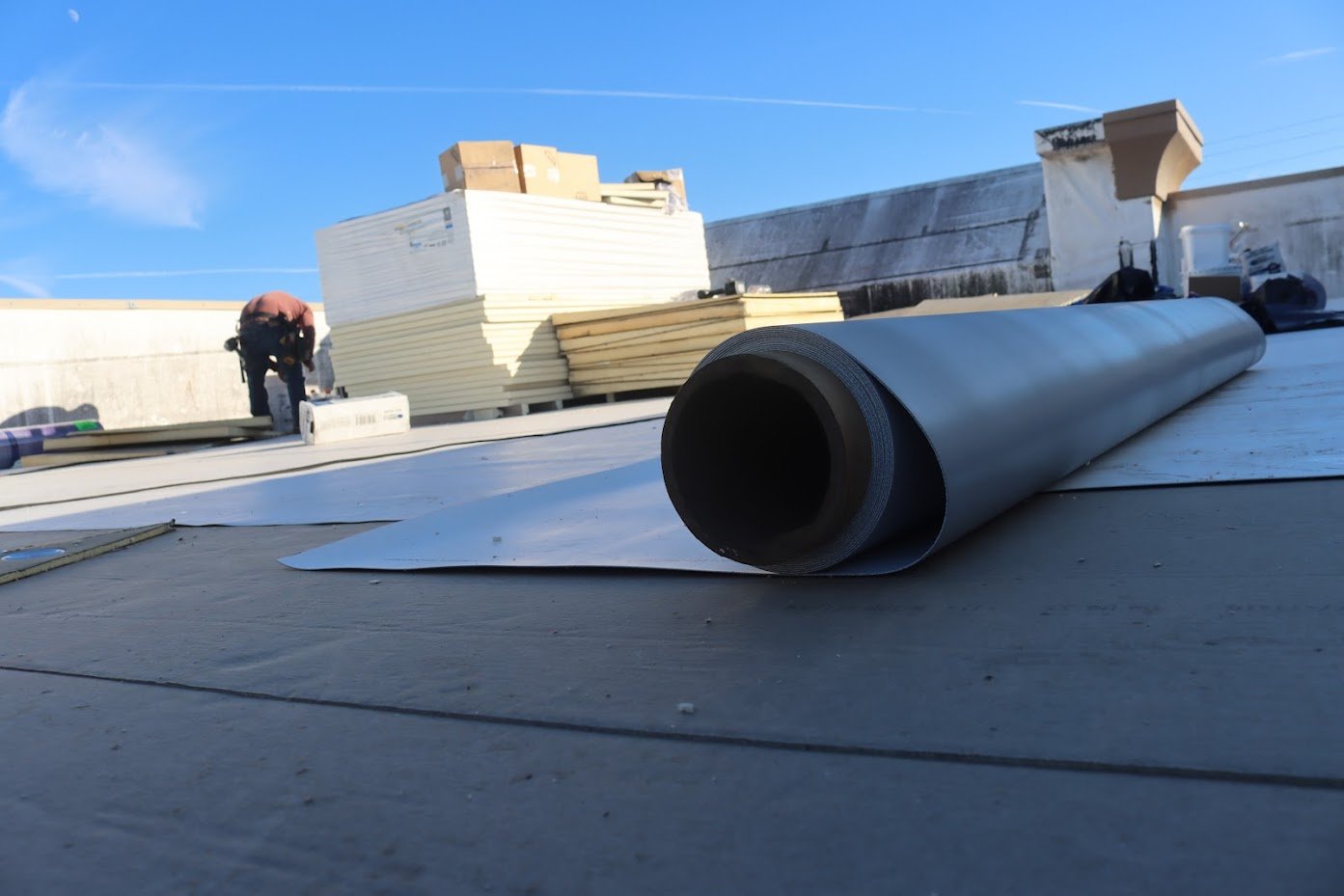

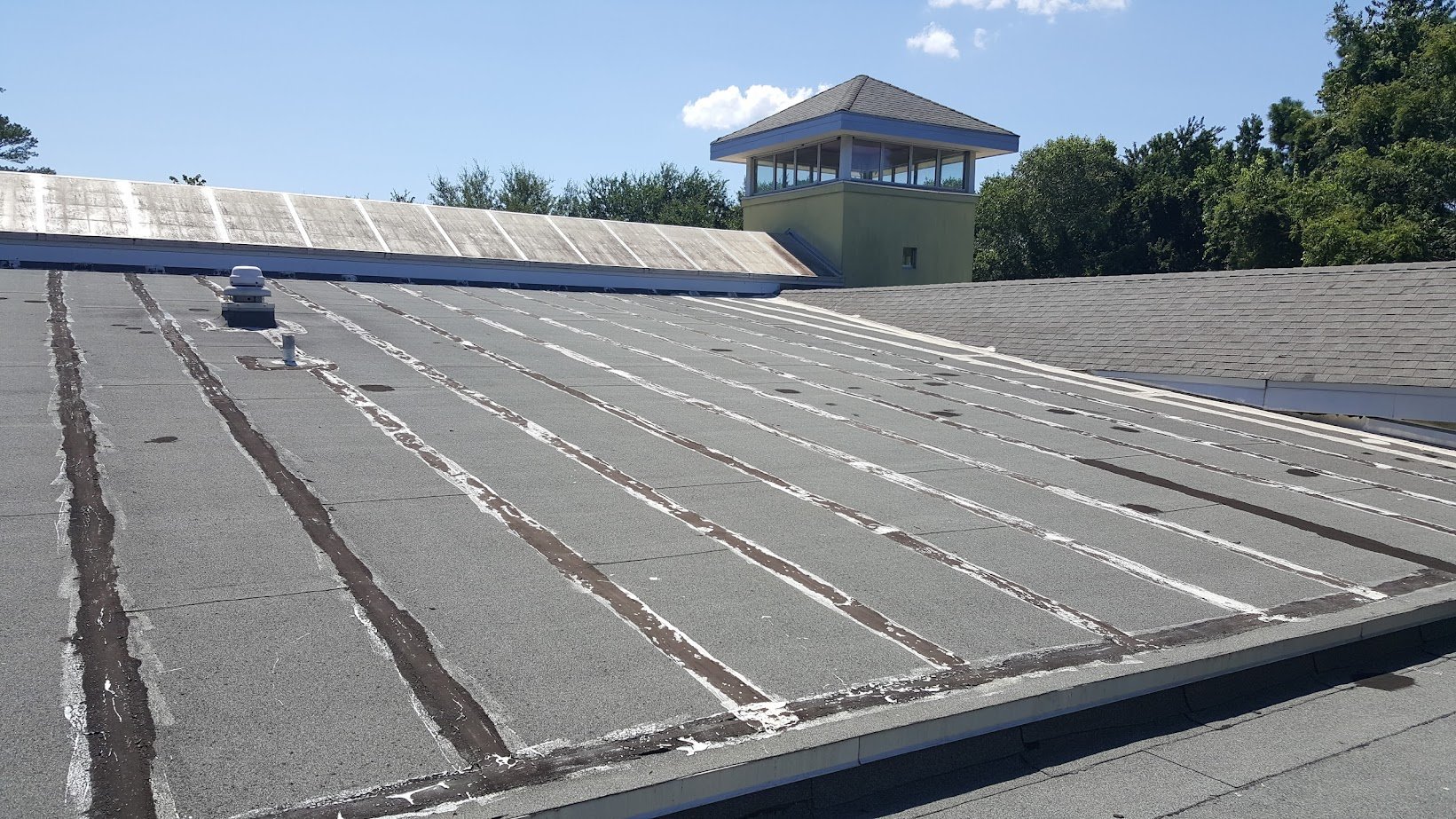
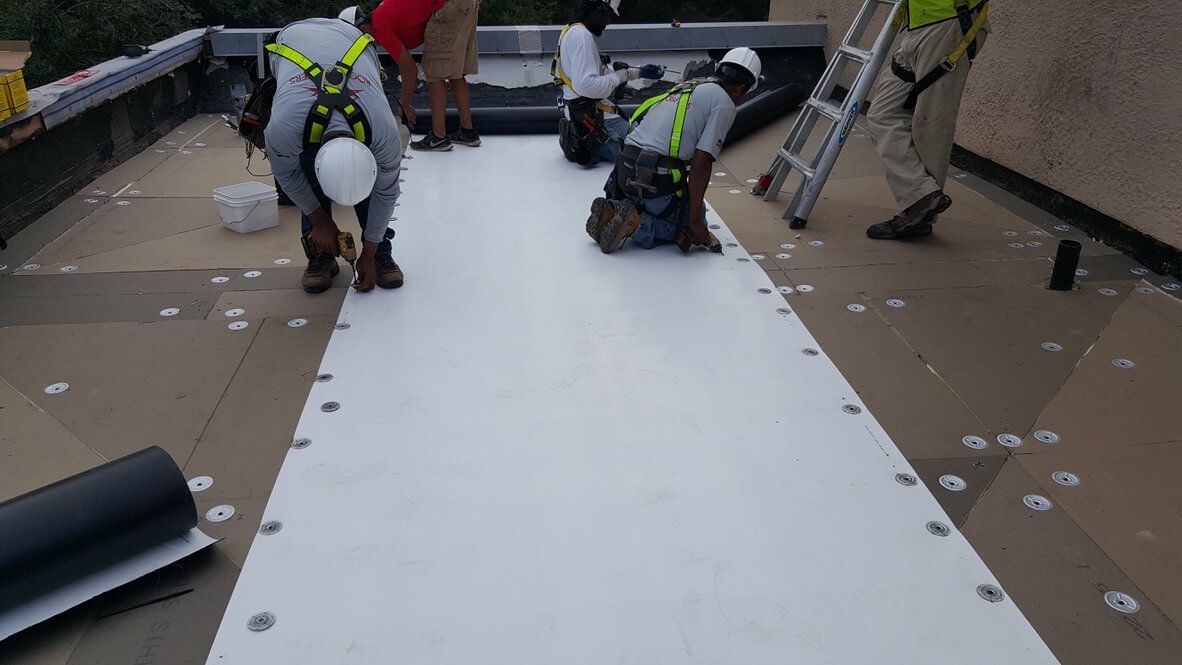

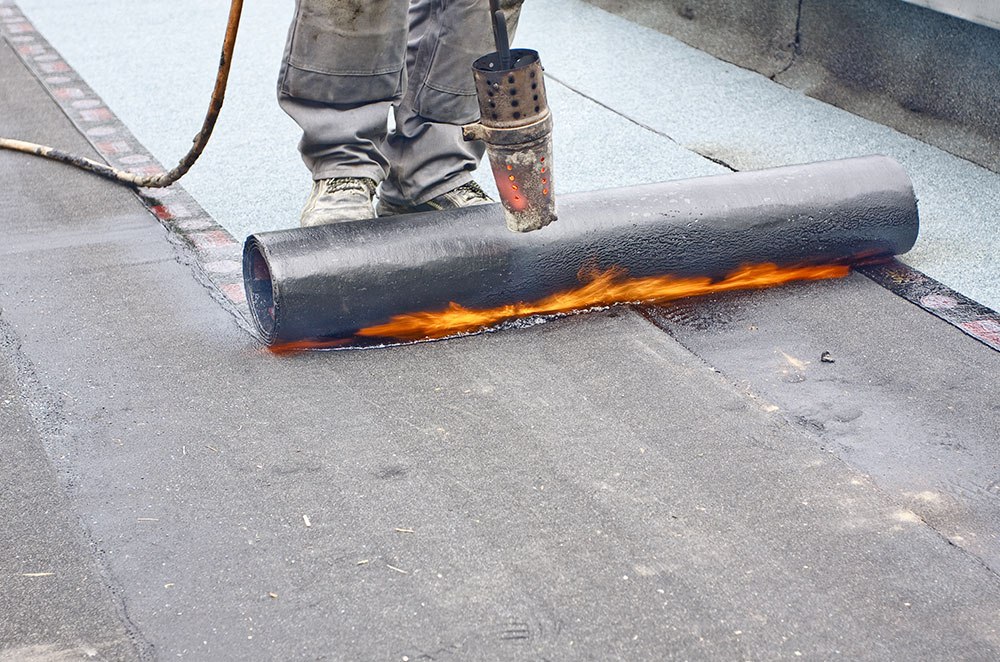

.jpg?width=4000&height=3000&name=12%20(1).jpg)
